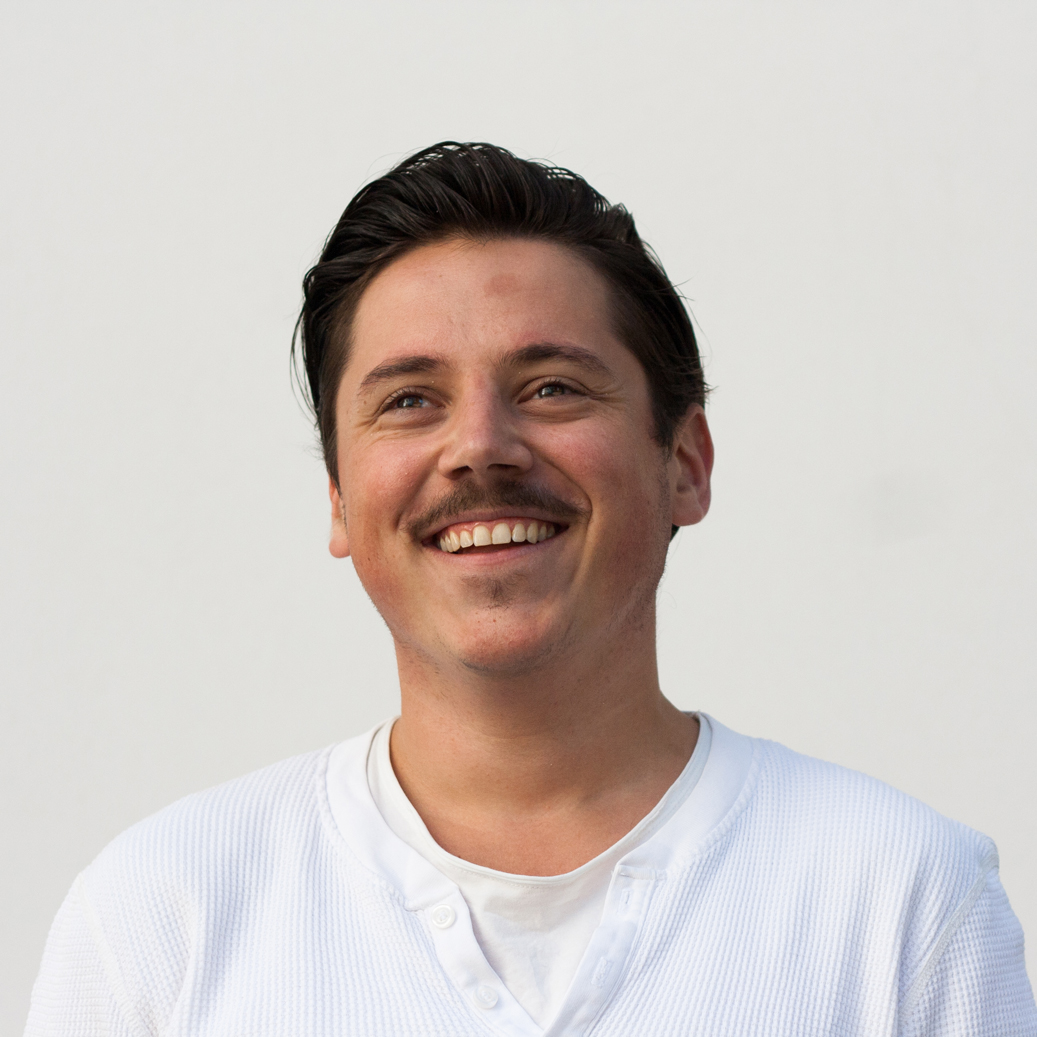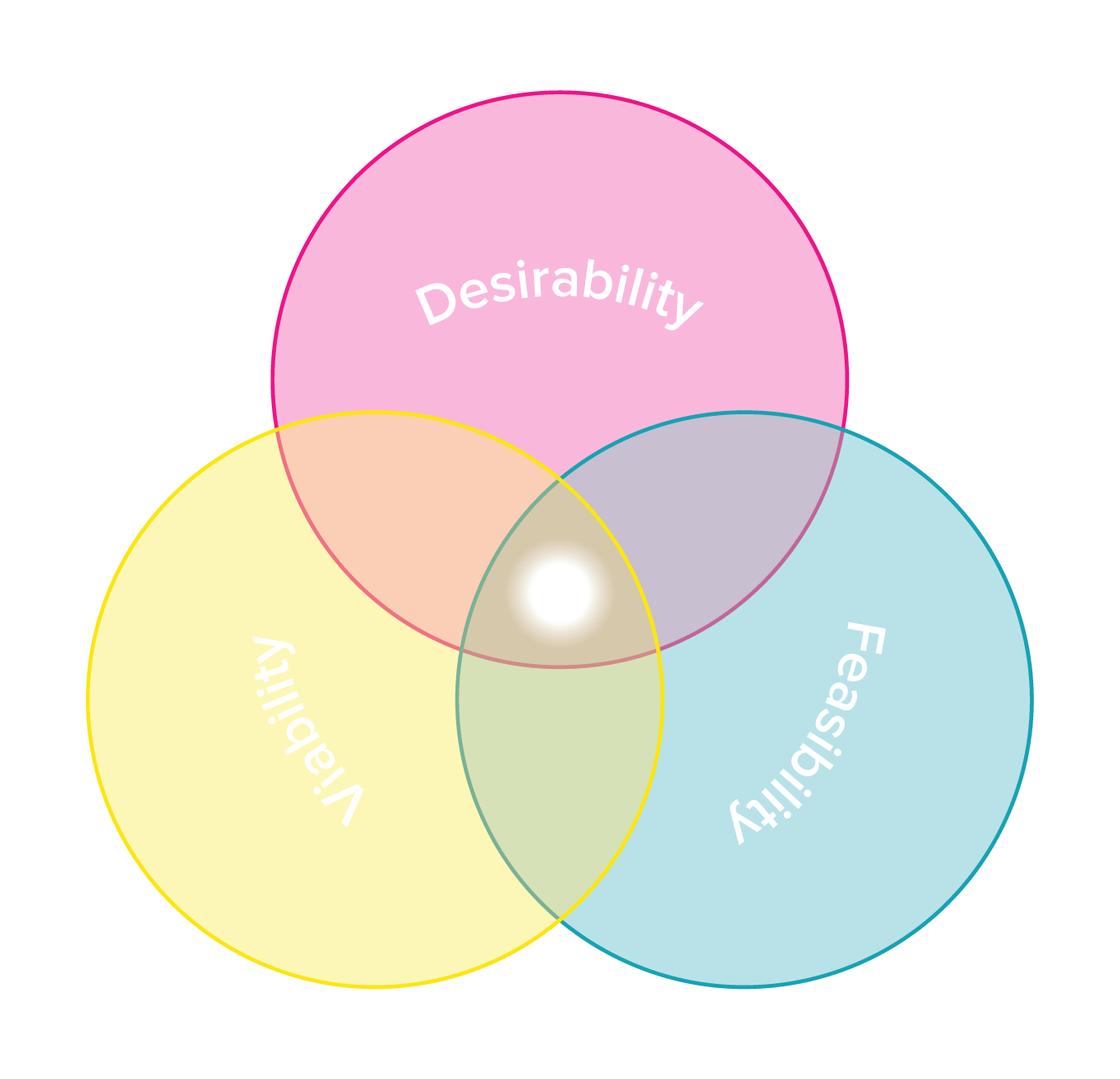




I believe that creating a great product is an exercise in balancing desirability, viability, and feasibility.
A successful product leader will take the constraints of desirability, feasibility and viability into account when creating a product and aims to harmonize this triad to achieve successful innovation.

Desirability refers to creating an innovation that people love to use, are attached to.

Feasibility refers to the technical background of the innovation, whether it can be made.

Viability is about the business of the innovation, a new product is not an innovation if it cannot be brought to the market.
I officially started at Mimi as a user experience designer, but quickly took on more responsibilities around the product as we grew. In those years I’ve worked both on B2C products, as well as B2B solutions.
Now I lead a team of 3 product managers, 1 user researcher and 1 design lead (and her team), while working closely with my research and engineering peers.
My background is in strategic product design, which is the type of design that doesn’t just make things pretty, but focuses on balancing the triad above. Balancing technical feasibility, potential business value and customer needs to come to a successful solution for a real problem.
Although I don't have a degree in Computer Science my experience has made me technically adept. Mimi has forced me to gain a technical understanding fast, both on a software level and an audio level. Mimi's technology stack reaches from low-level Kalimba DSP code to native Swift and Kotlin code. Our core product is a software bundle consisting of DSP libraries and a user-facing SDK. That's all to say that many of the challenges I've been facing have been technical in nature. I've been loving this experience, and can only conclude that for me balancing a design approach with analytical thinking brings the best solutions.